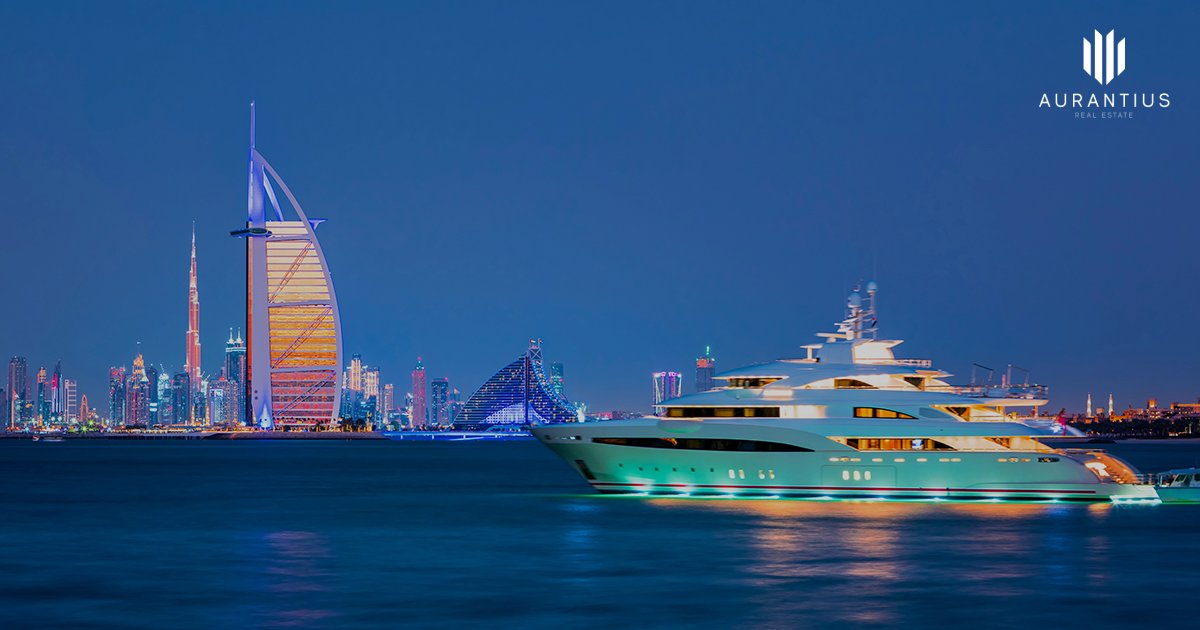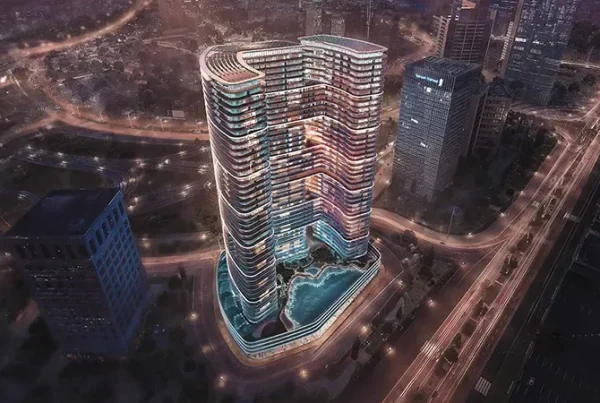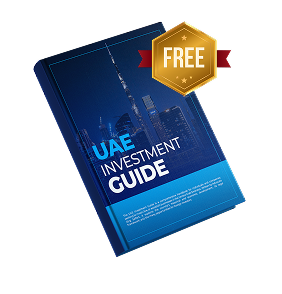UAE Property Investment 2025: Record Highs, Sharjah’s Surge, and Dubai’s Millionaire Magnet
The UAE’s real estate engine is running hot in 2025. Foreign capital is pouring in, with Sharjah posting a 58.3% year-on-year jump in total real estate transaction value to AED 44.3 billion and a 62.2% surge in foreign investment to AED 23.2 billion across the first nine months. In parallel, Dubai remains the region’s wealth hub, attracting the largest projected net inflow of millionaires globally and delivering relentless transaction activity—underpinned by luxury demand, investor-friendly policy, and world-class infrastructure.
Sharjah: Foreign Capital Accelerates Diversification
Sharjah’s property market has broadened its appeal, drawing investors from 121 countries in the first three quarters of 2025—led by buyers from India, Syria, and Pakistan. The emirate’s momentum reflects rising freehold opportunities, streamlined procedures, and a growing pipeline of residential, commercial, and industrial schemes. Crucially, Sharjah retains its reputation for relative affordability—a compelling alternative to Dubai and Abu Dhabi—while benefitting from the UAE’s macro stability and cross-emirate connectivity. Expect continued activity clusters around expanding urban corridors and mixed-use districts as developers respond to genuine end-user and SME demand.
Dubai: Ultra-Prime Depth Meets Broad-Based Demand
Dubai continues to set the regional benchmark. Weekly snapshots still show multi-billion dirham volumes, with luxury and branded residences leading value growth amid strong HNWI inflows. Villas and penthouses in prime coastal and central districts remain supply-constrained, while off-plan communities appeal to international buyers seeking flexible payment plans and compelling rental yields. Investor-friendly reforms—most notably the Golden Visa—and expanding freehold zones continue to support long-term residency and capital allocation decisions.
Key Drivers Powering UAE Inflows
Policy & Visas: Long-term residency pathways (Golden/Green Visas), streamlined company set-ups, and clear property ownership rules bolster confidence.
Tax Efficiency: No capital gains tax on property and no recurring property taxes enhance net returns versus peer cities.
Safety & Stability: A secure, rules-based environment attracts capital from less stable regions and underpins end-user depth.
Infrastructure & Connectivity: Ongoing metro, road, and community investments—plus airports and global air links—improve liquidity across sub-markets.
Lifestyle & Tourism: A cosmopolitan ecosystem of schools, healthcare, culture, and hospitality reinforces the UAE’s “live-invest-work” proposition.
What It Means for Investors
Across the UAE, fundamentals point to resilient, end-user-backed growth rather than speculative spikes. In Sharjah, affordability and an expanding freehold map create attractive entry points for rental yield strategies and long-term holds. In Dubai, prime scarcity supports capital preservation at the top end, while master-planned off-plan projects provide accessible exposure with strong leasing prospects. Risk management still matters: prioritize developer track record, escrow discipline, phased delivery, and micro-location (schools, mobility, retail, and healthcare access).
Actionable Pointers & Useful Links
• Explore yield-friendly mid-market hubs in Dubai such as JVC and established leasing corridors like Dubai Marina and Business Bay for liquidity.
• Track community-level supply and handover timelines to align purchases with rental cycles and visa plans—start with area guides: Dubai Locations.
• For immigration and ownership criteria, review official visa pathways: Golden Visa and compare developer histories here: Developers.
Bottom Line
The UAE’s 2025 real estate narrative is one of breadth and balance: Sharjah’s record foreign participation underscores rising multi-emirate appeal, while Dubai’s status as the top wealth magnet sustains ultra-prime depth and robust off-plan absorption. With supportive policy, strong infrastructure, and global talent inflows, the investment case remains compelling—provided buyers anchor decisions in developer quality, micro-location, and clear rental or end-use strategies.











